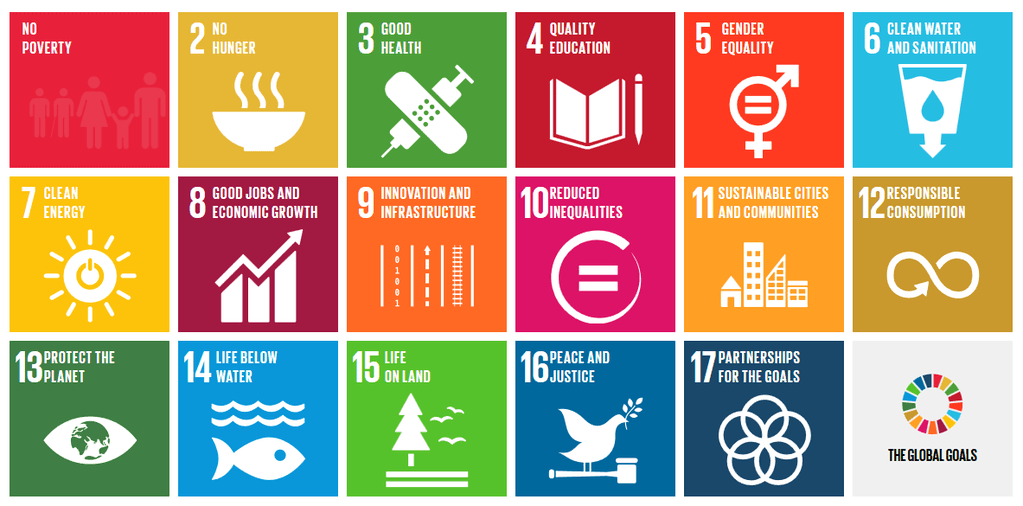Carbon offsets are at a crossroads. Once hailed as a simple way to neutralize emissions, they’re now the subject of headlines, greenwashing accusations, and public skepticism. So where does that leave companies—especially small and mid-sized ones—trying to make progress on climate goals?
The answer: offsets are still useful, but only when used carefully, transparently, and as part of a broader emissions reduction strategy. They’re a tool—not a pass.
What Carbon Offsets Actually Do
A carbon offset represents the removal or avoidance of one metric ton of CO₂ equivalent. That might involve planting trees, protecting a forest from being cut down, capturing methane, or investing in renewable energy projects.
When used correctly, these offsets can help companies address emissions that are hard to eliminate in the short term—like business travel or last-mile logistics. But they must meet quality criteria, including:
- Additionality: The project wouldn’t have happened without offset revenue
- Permanence: The carbon stays sequestered (not released in 5 years)
- Verification: Independent review by recognized standards (e.g. Verra, Gold Standard)
- No double counting: No one else is claiming the credit
Without these checks, offsets risk becoming environmental “placebos”—costly but ineffective.
Why Offsets Have a Reputation Problem
Recent investigations have found that some offsets don’t deliver what they promise. Rainforest protection that wasn’t under real threat. Soil carbon claims based on weak baselines. This has led to a backlash—and rightly so.
But the solution isn’t to abandon offsets. It’s to improve them. Verified, additional, and transparent offset projects are still among the best tools we have to address unavoidable emissions—especially for SMEs that can’t electrify fleets or overhaul supply chains overnight.
How to Use Offsets Without Losing Credibility
At ECG Global Solutions, we help companies assess whether and how to use offsets within a broader climate strategy. That includes:
- Evaluating residual emissions after all internal reductions
- Defining offset quality criteria and sourcing trusted credits
- Providing disclosure support for CDP, SBTi, and investor reporting
- Helping you tell the story—transparently and defensibly
We also help companies model internal vs. external abatement cost curves—because offsets shouldn’t distract from what you can control.
Should You Use Offsets at All?
That depends on your sector, emissions profile, and ambitions. Offsets can make sense when:
- You’ve measured your full carbon footprint (Scopes 1–3)
- You’ve committed to real internal reductions
- You need to address hard-to-abate emissions
- You’re transparent about limitations and methodology
Used in this way, offsets aren’t a liability—they’re a bridge. But the bridge must be short, sturdy, and clearly signposted.



